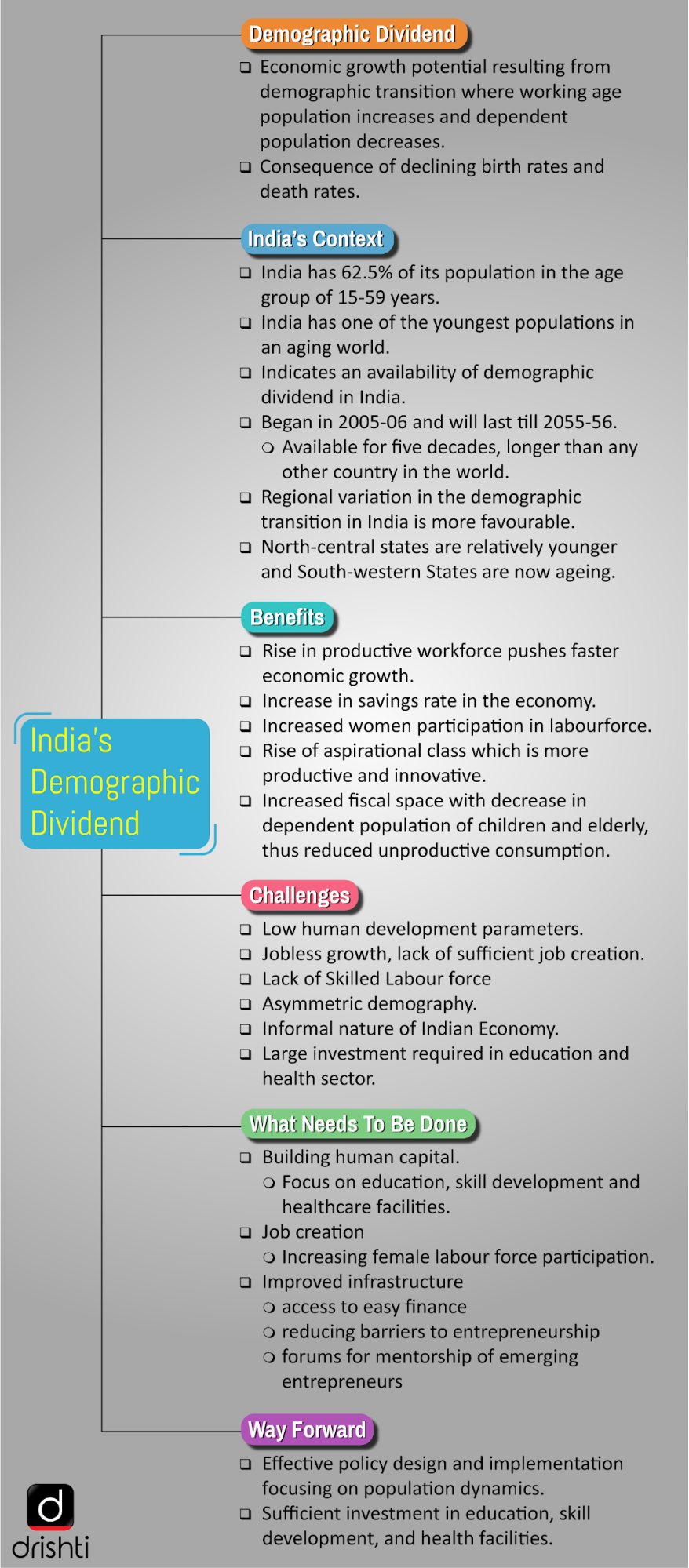Indian Economy
In Pursuance of Self Reliance
- 09 Jun 2020
- 7 min read
This article is based on “Atmanirbhar’ India must be competitive” which was published in The Hindu business line 07/06/2020. It talks about the underlying issues and opportunities that are vital to attain self reliance.
In an effective response to an unprecedented emergency (Covid-19 pandemic) that disrupted most channels of national and international trade, Indian Prime Minister, under Atma Nirbhar Abhiyan, gave a clarion call for the country to become self-reliant.
India in the pre-1991 era also strived for achieving self-reliance and import substitution. While it resulted in a diversified economic base for heavy industries such as Steel, coal, petroleum refinery etc, India fell behind the curve on quality, technology and productivity.
Economists attribute these shortcomings to the then industrial and trade policies, particularly industrial licensing, physical barriers to import of goods, high tariffs and imperative economic policies.
Though Indian Prime Minister clarified that the current idea of self-reliance is not about a return to import substitution or autarkic isolationism, rather aimed at a quantum jump to the economic potential of the country by strengthening infrastructure, using modern technologies, enriching human resources, and creating robust supply chains.
In order to achieve this goal policy making needs to address underlying issues and leverage economic opportunities.
Underlying Issues in Becoming Self Reliant
- Market Distortion: India opened itself to the global market in 1991 through its LPG (liberalisation, privatisation and globalisation) reforms, but remained hesitant in giving the market model full freedom.
- This may be reflected in market distorting subsidies and other restrictive policies, especially in Agriculture.
- Weak Manufacturing: India is far behind from its target of achieving manufacturing sector contribution of 25% of the GDP.
- Currently, the Make In India initiative hasn’t reached its intended goal and manufacturing is only at about 17% of GDP.
- Dependence on China: India is dependent on China for imports related to electronics, solar equipment, pharmaceutical (Active pharmaceutical ingredients) and Capital goods.
- Without developing domestic capacity for manufacturing in these areas, breaking away from dependence on China would not be easy.
- Federal Issue: Information asymmetry with respect to Central and State governments can act as a roadblock on ease of doing business.
- This is particularly important in sectors like manufacturing, healthcare and agriculture.
Available Opportunities
- Global Manufacturing Shifting Away from China: Mostly all the multinational companies are more concerned about concentration risk of businesses in China than ever before. So, the trend towards moving sourcing away from China will continue.
- India can attract these investments and become the next global manufacturing hub.
- Ageing Global Population: Considering demographics, most developed nations lack the workforce to produce all that they need in their own countries.
- India’s demographic dividend may adequately bridge the requirement for a young human resource for the world.
- Huge Domestic Demand: India is blessed with a vast array of natural resources, a huge demographic advantage, a large farming community, dynamic industrial setup ( sectors like Automobiles and Information technology) and a set of entrepreneurial path-breakers.
- In this context, India has almost all the input as well as output (demand and supply) factors, those are needed for becoming self-reliant and stimulating demand.
Way Forward
Given the underlying issues and opportunities, it is vital to become competitive in pursuance of self reliance.
- Promoting Local: Being vocal for “local” is a key complement of Atma-Nirbhar Bharat Abhiyan.
- In this context, people must internalise the concept of valuing local products and artefacts and promoting them. Only after this the dream of transforming “Local” India into a “Glocal” India will be possible.
- Favourable Policy: In general, competition enhances innovation and efficiency. However, crony capitalism weakens local competitiveness and often diverts resources away from more efficient and technologically innovative companies.
- Thus, policies should enhance domestic competition and eschew crony capitalism.
- Support Control of Critical Value Chains: India cannot become self-reliant until it has control over domestic and global supply chains.
- Thus, there is a need to ensure greater control over certain parts of the global value chain to protect strategic interests, especially in healthcare, agriculture and defence.
- Strengthen Public Procurement: Some steps like compulsory e-tendering and the creation of the Government Electronic Marketplace have already created a more level playing field for suppliers.
- These processes should be strengthened further by quickening the cycle time for completion of the “quote to cash” cycle of public procurement.
- Focusing on Comparative Advantage: India can focus on one area where it can differentiate and attract global and domestic investors and be a leader.
- The next big thing for India can be 3D (additive) manufacturing, and robotics & automation.
- As these technologies are the confluence of manufacturing and IT, India’s leading edge on IT, provides a platform to become a leader in this space globally.
|
Drishti Mains Question Discuss the underlying issues and opportunities for India in the pursuance of self reliance. |
This editorial is based on “Delhi Diktat” which was published in The Indian Express on June 8th, 2020. Now watch this on our Youtube channel.





